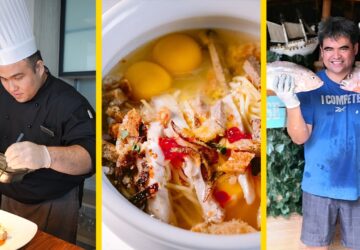When most chefs say that cooking for guests is like having them over in their own homes, they don’t expect to be taken literally. Private dining chefs, however, embrace this concept wholeheartedly.
Creativity and innovation are just as important as acquiring skill and technique, and dinner parties at a chef’s home allow for more flexibility than sticking to a tried-and-tested menu. There is a growing market of adventurous and well-traveled diners on the lookout for something new, or perhaps a culinary experience similar to one they had abroad and want to share with friends. Private dining allows for the kind of luxuries and gastronomic exploits that the usual restaurant setup might not readily accommodate.
With rent rising in prime locations, chefs cutting overhead by prepping, cooking, and serving food in their own homes seem almost elementary. Besides, when playing around with avant-garde concepts while spending top peso on premium ingredients, it’s only practical to cut corners on variables that don’t affect the finished product.
In a hospitality industry that relies heavily on branding and ratings, these individuals stand figuratively naked and stripped of the usual gimmicks chefs arm themselves with in the traditional restaurant setting. In their home kitchens, they simply have their skills, the passion for cooking, and the cojones to take on the challenge of delivering a client’s deepest food fantasies.
Party in our tummy
Dulce Magat-Gibb is a firecracker and refuses to be contained.
“I get bored if something doesn’t change,” she admits. The wife of a successful British expat, she loves entertaining at home and sees it as a creative outlet. “We usually serve a menu that we are currently in the mood for. Based on that, I try to see what decor will go with it.” She has accumulated many dainty things during her travels—from fine English china to delicate Venetian lamps—that have come handy when designing the setting for her themed dinners. “If there is no particular theme in mind, then it will have to be a feeling or mood that I would like to project during the function.”
The charming socialite is not all about pretty packaging. She is backed by a culinary diploma from Paris and worked with Glenda Barretto at Via Mare before she was married. Her experience catering Manila’s most upscale parties serve her well. Now that her only daughter is off to a London university, she has plenty of time on her hands to indulge her passion for cooking and entertaining.
Her roast pork belly, a chessboard-sized slab of crisp, blistered rind and juicy, fatty flesh, was a hit during last year’s holiday festivities. This, many of her regulars swear, is Magat-Gibb’s “free time” well spent. “Plus,” she adds with that signature twinkle, “I thought it right that I start my own business to justify accumulating stuff.”


The natural next step
If Magat-Gibb partied herself into the Manila dining scene, New York-based Noel dela Rama earned his chops at the hallowed halls of America’s most prestigious culinary schools. He has an associate degree from the Culinary Institute of America in Hyde Park, New York, which led to his stint at New Jersey institution The Essex House.
His time at the International Culinary Center in Soho (formerly called the French Culinary Institute) was the turning point for dela Rama. “When I decided to go back to school to take up pastry arts, I quit my full-time job at The Essex House and began catering private dinners and events all over Manhattan. Through word of mouth, my clientele expanded so I decided to do this full-time. You can say that I fell into this by chance, but it has proven to be quite satisfying and rewarding.”
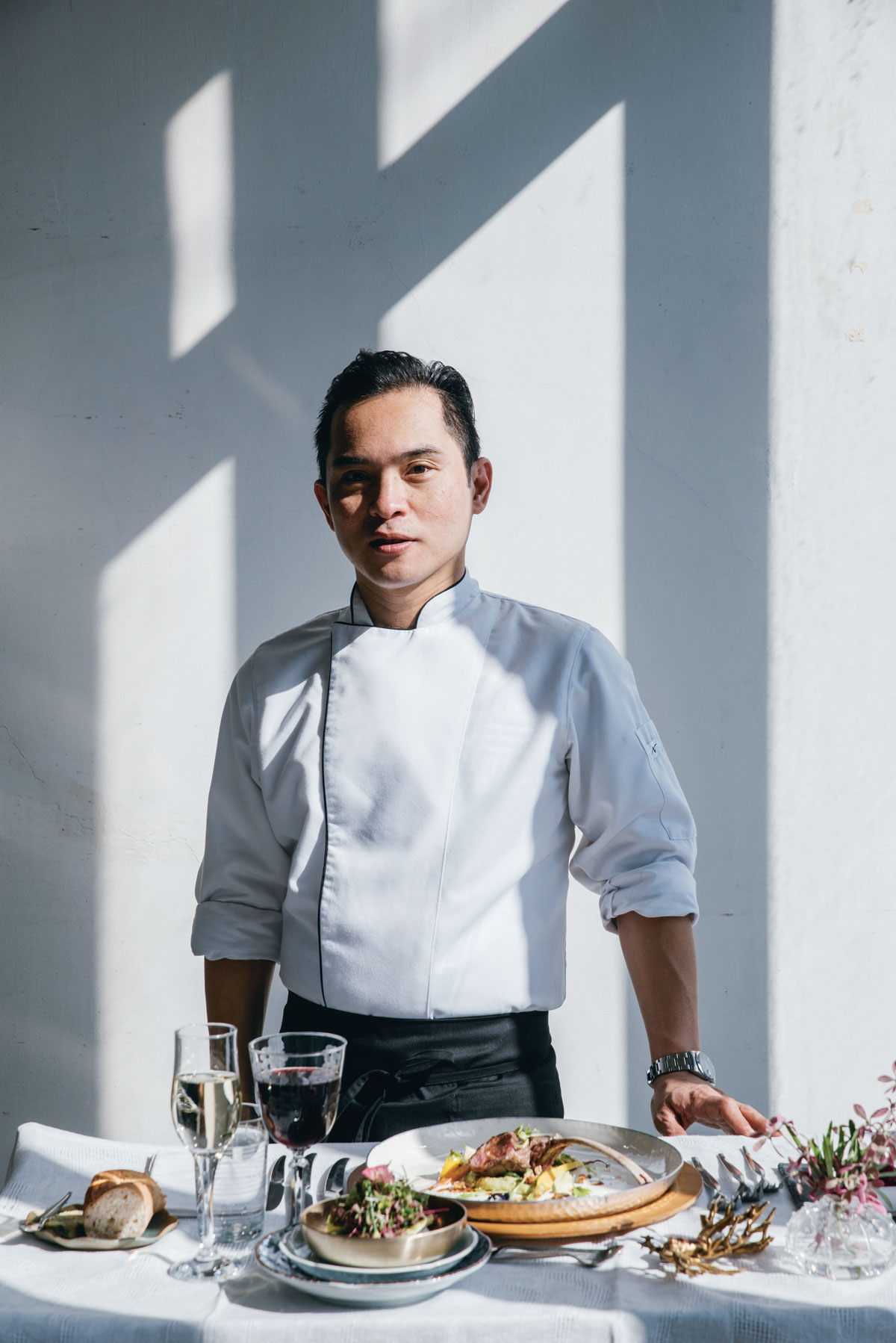
“When I decided to go back to school to take up pastry arts, I quit my full-time job at The Essex House and began catering private dinners and events all over Manhattan,” says Noel dela Rama. “Through word of mouth, my clientele expanded so I decided to do [private dining] full-time. You can say that I fell into this by chance, but it has proven to be quite satisfying and rewarding.”

He shuttles back and forth between New York and Manila, where he cooks his brand of farm-to-table cuisine for private dinners in both hemispheres. So full is dela Rama’s dance card that he needs to plan his work calendar six months in advance.
“Once the high season ends in NYC (roughly June through August, December, and January), I go home to Manila and work. I am also the visiting chef of CCA Manila where I teach the Cuisine classes in the professional program as well as a restaurant consultant while I am in town. Immersing myself in the many aspects of the foodservice industry, I feel, is the best way to always be current and up-to-date.”
Happy to be at home
Happy Ongpauco-Tiu admits that bespoke dining is more of a passion project (“You won’t become rich doing this!”) that suits her multi-hyphenate lifestyle. “I am a full-time housewife, full-time mom, and a full-time entrepreneur, so imagine what kind of time I have. This is so ideal because I can concentrate on all my duties in one place and, most importantly, be with my family most of the time.”
Although she had her work cut out for her growing up in the Ongpauco clan of restaurateurs and spending her childhood manning the cashiers at Barrio Fiesta, the creative workout of bespoke dining is enticing for her in a new way. “Every theme is different. It can’t be duplicated so my creativity is always challenged.”
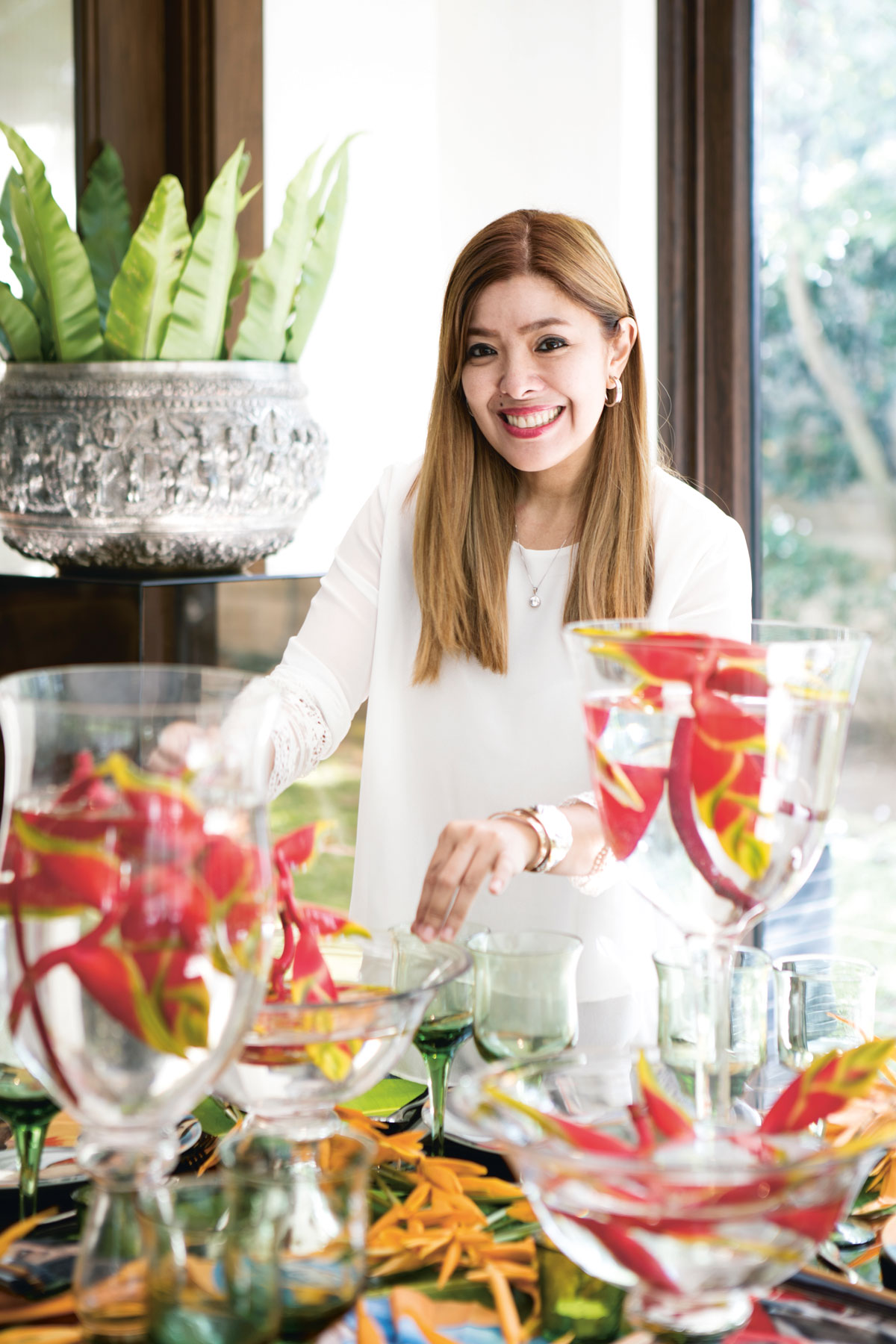
After formal studies at the Culinary Institute of America, Ongpauco-Tiu struck out on her own and opened World Topps and casual Japanese concept Bento Box. While she continues to operate other brick and mortars (“I have 12 branches of different concept restaurants”) like Hawaiian BBQ and Pamana, her friends’ requests for her festive yet elegant private dinners for special occasions proved irresistible.
“I used to just entertain a lot at home and my friends would ask me to do it for them so I thought, why not turn it into a business? That way, all my hoarding and spending for my collection of plateware and cutlery would get an ROI [return of investment],” she says with a laugh. Her food is as beautifully designed as her lavish tablescapes, which range from simple and monochromatic themes to artsy BenCab wares and a spread of Spanish tapas plush with greens and flowers.
A good living
Justin Golangco candidly confesses that what lured him into being a private chef was the monetary rewards. When asked what inspired him, he cheekily replies, “I was inspired by my bank account telling me I needed to feed it.”
Not that Golangco hasn’t been busy. He was working all throughout his postgraduate stint at the Culinary Institute of America in Napa Valley and took on some restaurant jobs in the Bay Area after that. In New York, he worked at the popular Italian spot Merea. An internship at three-Michelin starred restaurant Arzak in San Sebastián, Spain proved to be the pinnacle of his young career so far. It armed him with the skill and confidence to come home and show Manila what he has to offer. Golangco does private dinners for groups of 10 to 15, and the reviews have been stellar.
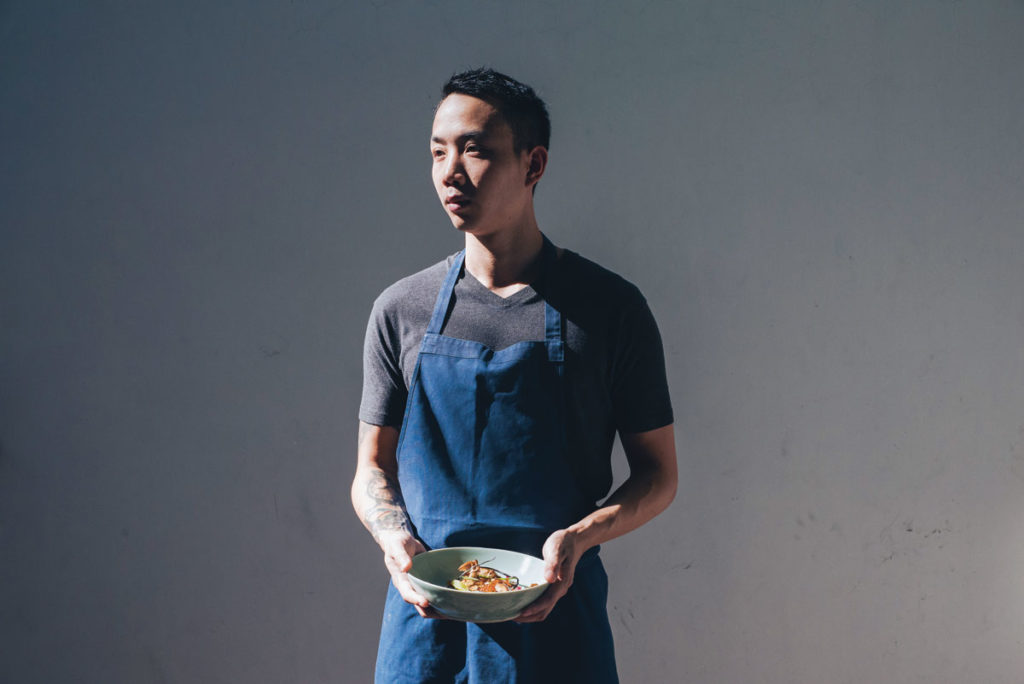
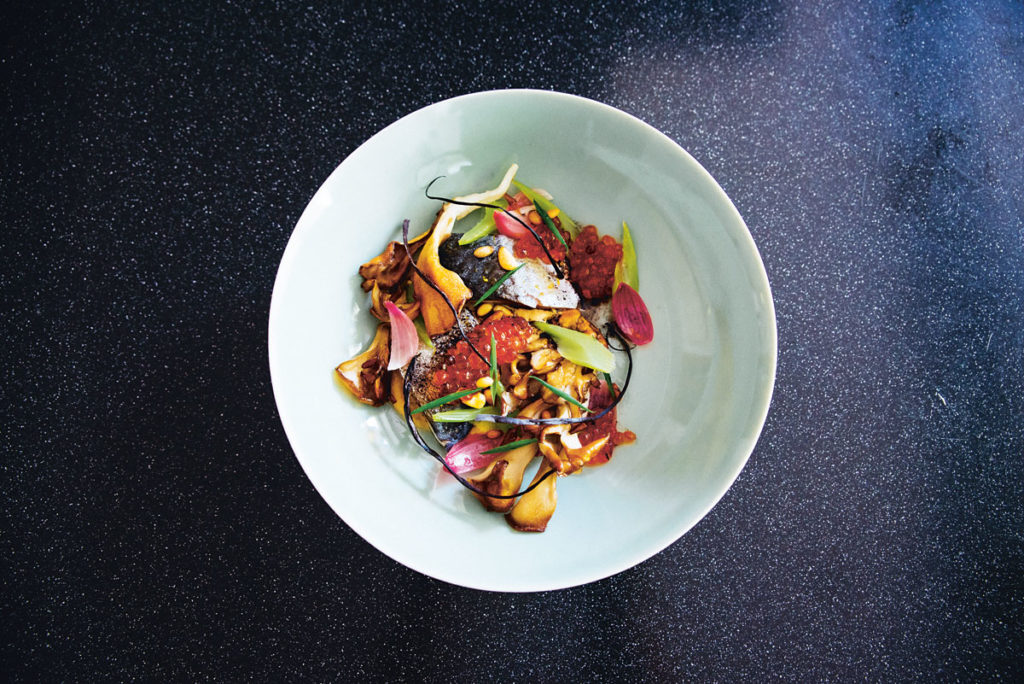
He understands that this kind of business relies heavily on regular circulation “to have a stable income,” but he believes the risk it entails is smaller than when opening a restaurant. “The market is very much tied to trends and (at this point) social media.” Right now, though, Golangco can rest easy knowing that his versions of the classic porchetta and “heartbreaking” bone marrow bread pudding are earning rave reviews.
These chefs may have different reasons for their career choices—creative exploration, a greater calling, practicality, financial gains—but they all share a desire for innovation and service. It is a refreshing change to sit down to dinner knowing that the person in the kitchen has your deepest satisfaction in mind, that you are not just another name in their reservations book.
It’s one of those rare times that both chef and guest share in the creative process, proving that with this kind of synergy, the possibilities are endless. And when it comes to food, that is always a good thing.
Originally published in F&B Report Vol. 13 No. 2



